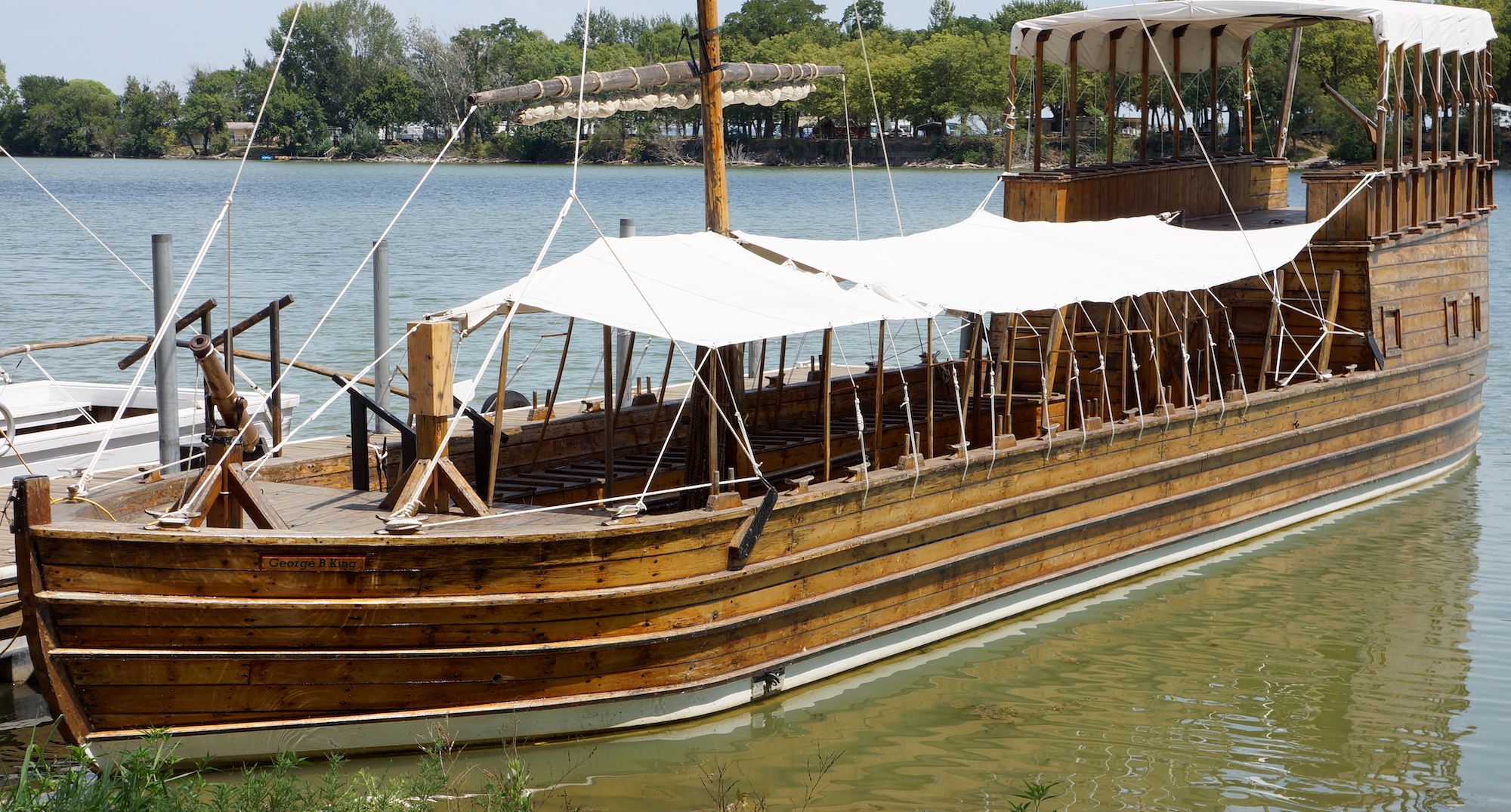The Lewis & Clark Trail: Kansas, Nebraska, Iowa, South Dakota, and North Dakota

It’s July 4, 1804, and the Corps of Discovery is celebrating Independence Day on the Missouri River near present-day Atchison, KS. Their location is close to the starting point of Part 2 of our journey. Before they can build their winter quarters in modern-day North Dakota, the expedition still has more than a thousand miles of Missouri River to navigate. Our Can-Ams should have us there in a week.
Into the Glacial Prairie
It’s mid-afternoon as Jeff Arpin (on the brown Can-Am), my granddaughter Kayla Cavaliere, and I (on the white Can-Am) motor across the bridge into Kansas. There we pick up the Glacial Hills Scenic Byway and continue our journey north.
Graceful sweeping curves follow the meandering course of the Missouri. The geological handiwork of receding glaciers is clearly evident in the gently rolling landscape. About 50 years after Lewis and Clark came through here, the Kansas-Nebraska Act opened up the Kansas Territory for settlement. The land’s rich soil virtually begged for cultivation.

The byway connects many of the state’s oldest towns. The high bluff (and future site of White Cloud, KS), is believed to have been a vantage point and resting place for Lewis and Clark. White Cloud, once a grand riverboat town of some 2,000 people, is now a virtual ghost town. Vacant buildings are slowly disintegrating into dust to be blown away by the relentless prairie wind.
As we travel into southeast Nebraska, another fertile scene emerges. This one resembles huge green swells on an agitated ocean. Up and down we go until reaching our overnight safe harbor at the Lied Lodge in Nebraska City.

The Cornhusker State
When Lewis and Clark traveled the Missouri River, corn wasn’t the dominant food source for the Plains Indians. They were mostly hunter-gatherers, following herds of bison. Exhibits at the Missouri River Basin Lewis & Clark Interpretive Trail & Visitor Center in Nebraska City open a window into life in the early 19th century.
A full-scale model of a keelboat is parked outside the visitor center. Jeff mans one of the oars and pretends to row while Kayla looks away feigning embarrassment. Inside the visitor center are displays of bison and other fauna in their simulated historical habitats. One of the most interesting exhibits outside is a reconstructed Plains Indian earth lodge. These structures provided protection from extreme heat and cold.
Motorcycle & Gear
Can-Am Spyder Spyder RT Limited
Helmet: Schuberth S2
Jacket & Pants: REV’IT! Tornado
Boots: Alpinestars
Gloves: Dainese
Near the confluence of the Missouri and Platte Rivers we cruise into Plattsmouth, NE. Riding through the handsomely restored historic district, we spot Mom’s Café, which becomes our lunch stop. As there seem to be many moms on duty today, we can only speculate as to which one is the real, namesake mom.
It’s only a few miles more to our overnight accommodations in Omaha. Owing to our early arrival at the hotel and a burgeoning stack of dirty laundry, we make our way over the Missouri into Iowa and spend a stimulating few hours at Wash Daze, watching our clothes go round.

States of Confusion
Back and forth we go: from Nebraska over the Missouri River to Iowa and then back again to Nebraska. After a while, we’re all getting a little confused about which state we are in. Our first stop of the day, though, is in Nebraska at the site of the first major council between Lewis and Clark and Native Americans. Because the meeting was on a cliff overlooking the river, Clark named the event Council Bluff in his journal. This location, however, is not to be confused with the city of Council Bluffs, 20 miles south in Iowa.
Approximately 44 expedition members and 12 members of the Oto and Missouri tribes attended the meeting on August 3, 1804. An interpretive exhibit with life-sized statuary marks the spot today. Nearby we tour a replica of Fort Atkinson, which was established in 1819 to support the American fur trade.
